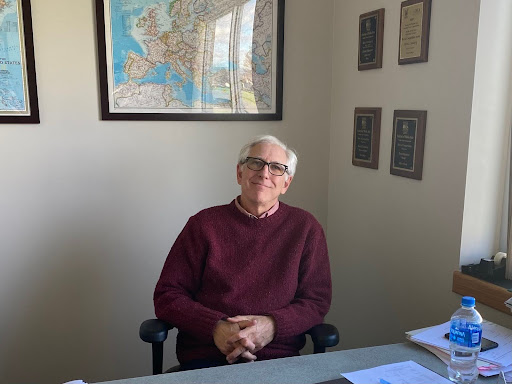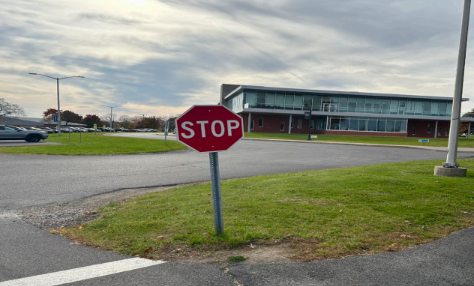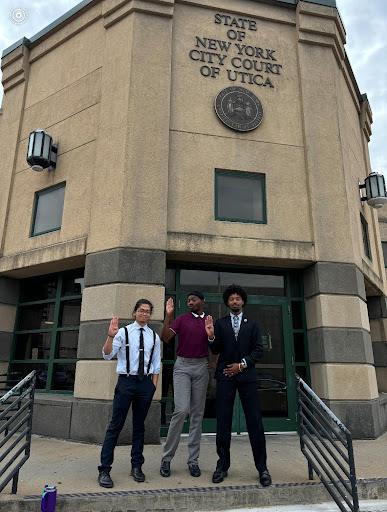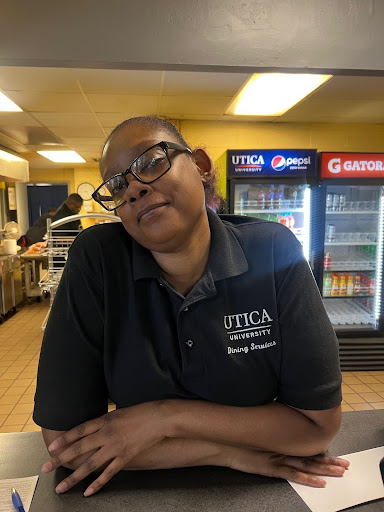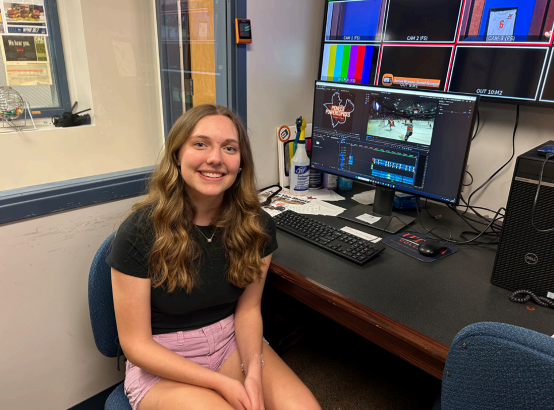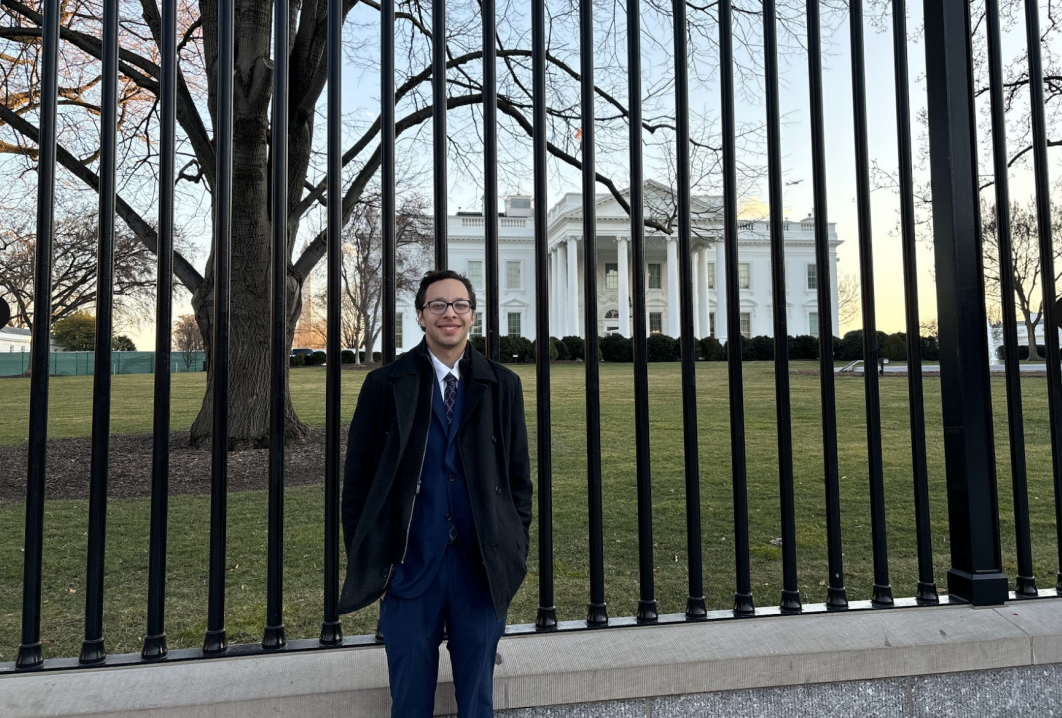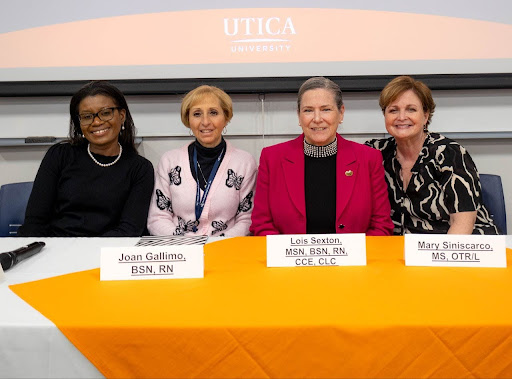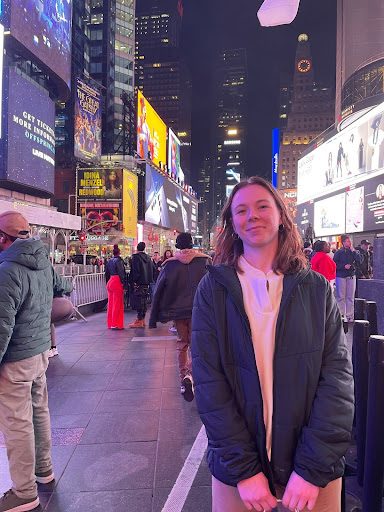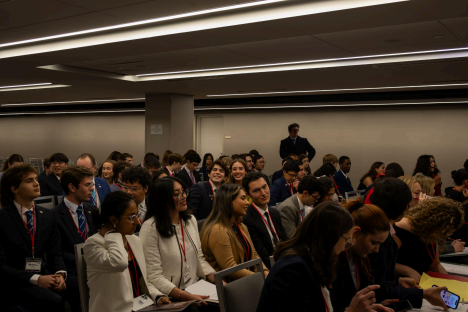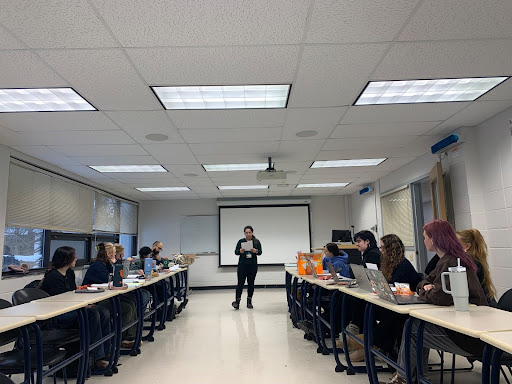Kelsey Carlo, Staff Writer
On Tuesday, Oct. 26, President Donald Trump directed the Department of Health and Human Services to declare the opioid crisis a public health emergency, according to The New York Times. This directive does not release any additional funds to deal with this drug crisis that claimed more than 59,000 lives in 2016, and Trump has not requested any.
Per the New York Times, Trump said his plan is to include requirements where “federally employed prescribers be trained in safe practices for opioid prescriptions, and a new federal initiative to develop nonaddictive painkillers, as well as intensified efforts to block shipments of fentanyl, a cheap and extremely potent synthetic opioid manufactured in China, into the United States.”
Raymond Philo, professor of practice in criminal justice, explains why this epidemic is happening.
“This epidemic has occurred because, number one, opioids are so easy to access,” Philo said. “Over-prescribed opioids turn into illegal uses. Opioids have been over prescribed for decades, such as oxycontin for pain, and people get themselves hooked. When users can no longer access prescription opioids, they then turn to the streets for them. Many times, these street drugs are laced with fentanyl and just milligrams of that can kill you.”
Adam Pack, professor of biology, says the number of opioid prescriptions has grown over the past two decades.
“There were 76 million opioid prescriptions in 1991 and a peak of 219 million in 2011,” Pack said. “The pharmacology of some of the newer synthetics might also make them more liable to be abused. Also, there was a push in the late 1990s and early 2000s by pharmaceutical companies to get more prescriptions written. Companies that make drugs, surgical equipment and other medical devices push treatment choices in this country a lot more than most people realize.”
Philo explains that with this drug epidemic comes higher crime rate.
“With any drug epidemic, it is not just about the drugs and death, there is collateral,” Philo said. “Most drug addicts engage in crime to keep up their habit, such as shoplifting or, in gang-related cases, commit murders. There is a huge gang appearance due to these street opioids. They are huge into the drug markets and create violence due to rip offs or territorial aspects. Opioids fuel violence.”
Philo mentions that law enforcement agencies have realized that just arresting such addicts does not work.
“Law enforcement has noticed that there needs to be something called the three-prong approach for effectiveness,” Philo said. “The three prongs are enforcement, prevention, and addictionology. Arresting someone is just enforcing the law and rules, but there needs to be more. That’s where the prevention and addictionology come in. Preventing these addicts from their old habits is key to success. Addictionology is the step to understanding why these addictions are happening.”
For the past one to two years, law enforcement agencies have implemented new aspects to help with calls related to drugs. New gear is in use, and enforcement agents have to go through education and online training courses.
Pack goes on to discuss the addictive qualities of opioids.
“Generally, they highjack pathways in our nervous system that are there to reduce pain, or to ‘reward’ us when we do something good,” Pack said. “By artificially stimulating those pathways, we can get around our body’s safeguards that limit how ‘good’ they make us feel. Some of the newer synthetics have an incredible capacity to stimulate those pathways for a long time and at very high levels. If someone is in significant pain and the drugs are monitored, they don’t pose damage. If someone takes the drugs in absence of pain, and push their body’s past ‘normal,’ that’s when the danger starts.”
Pack explains that education is the most effective way to decrease this epidemic.
“Education of patients, the public and physicians are all vital,” he said. “We also need to work as a society to get rid of some of the stigma associated with addiction. As long as people try to keep it a secret, it will be harder for them to get the help they need and continue to get it. Nobody wants to be seen coming out of the rehab clinic, or have to explain that’s where they were, so they stay home, try to figure it out themselves, and overdose. It’s very tragic”
Rebecca Schulz, a senior and occupational therapy major, exclaims that she does not see this epidemic decreasing any time soon.
“I believe that treatment really needs to get to the bottom of why people desire the escape opioids offer them,” Schulz said. “Until we develop a new way of dealing with opioid abusers, I do not see this decreasing any time soon. I think as long as people have a cheap way to escape their feelings, they will indulge themselves in it. Emotions are uncomfortable to deal with and drugs are an easier way to avoid them.”

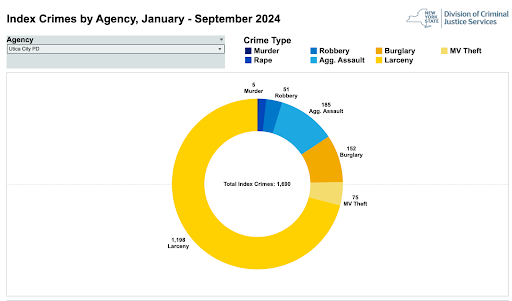



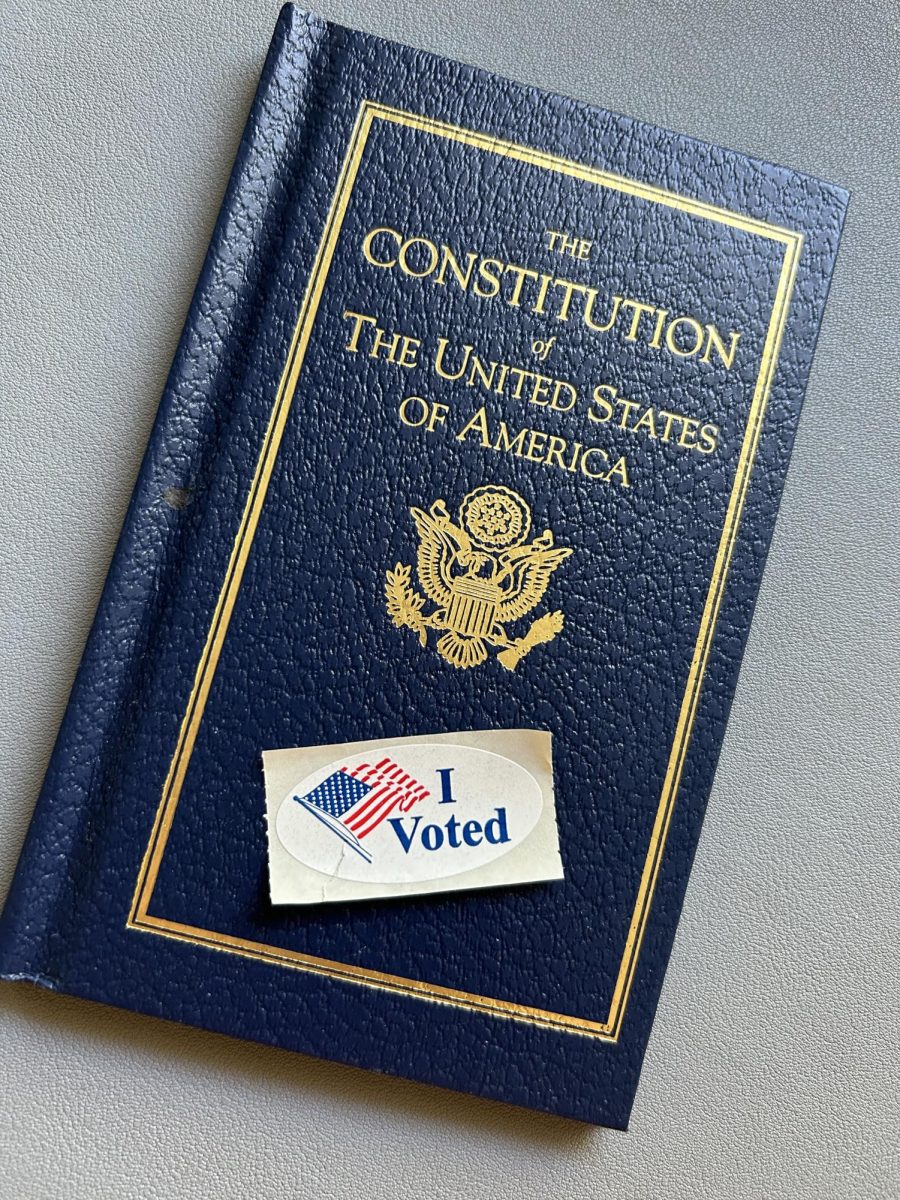

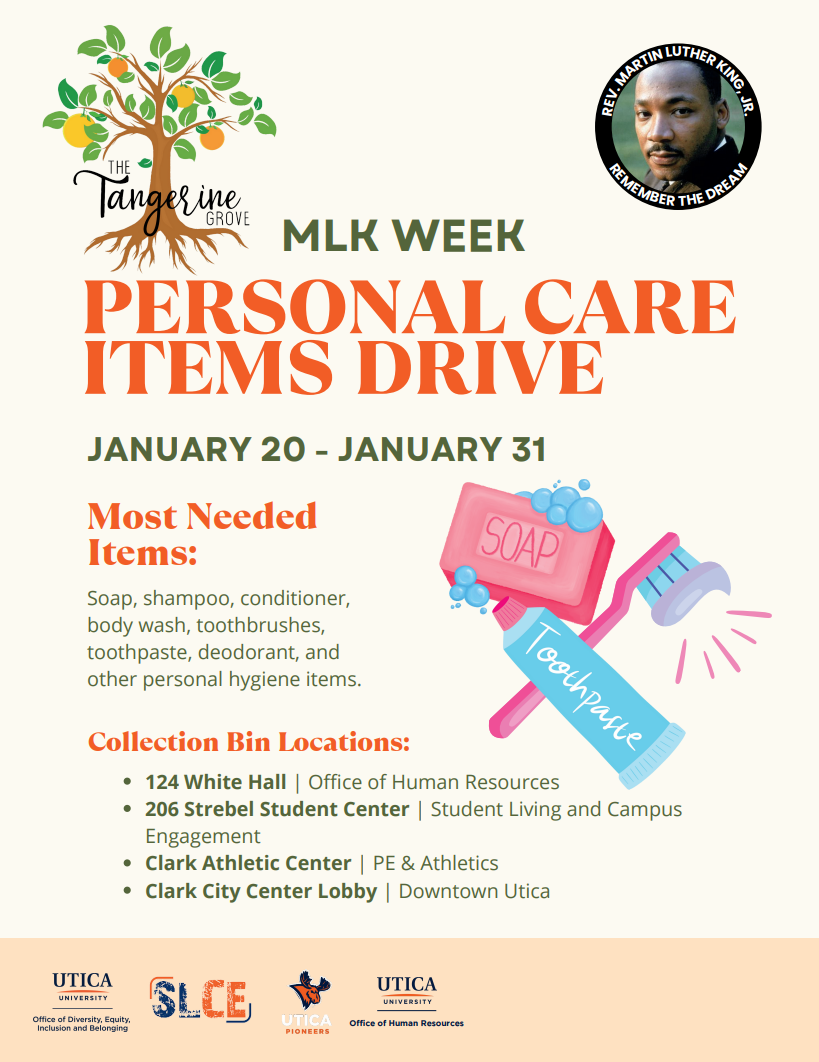
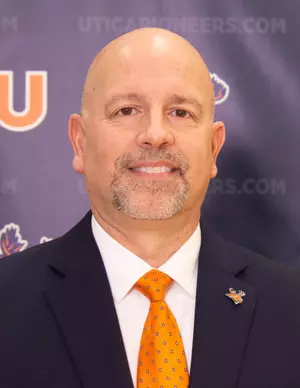






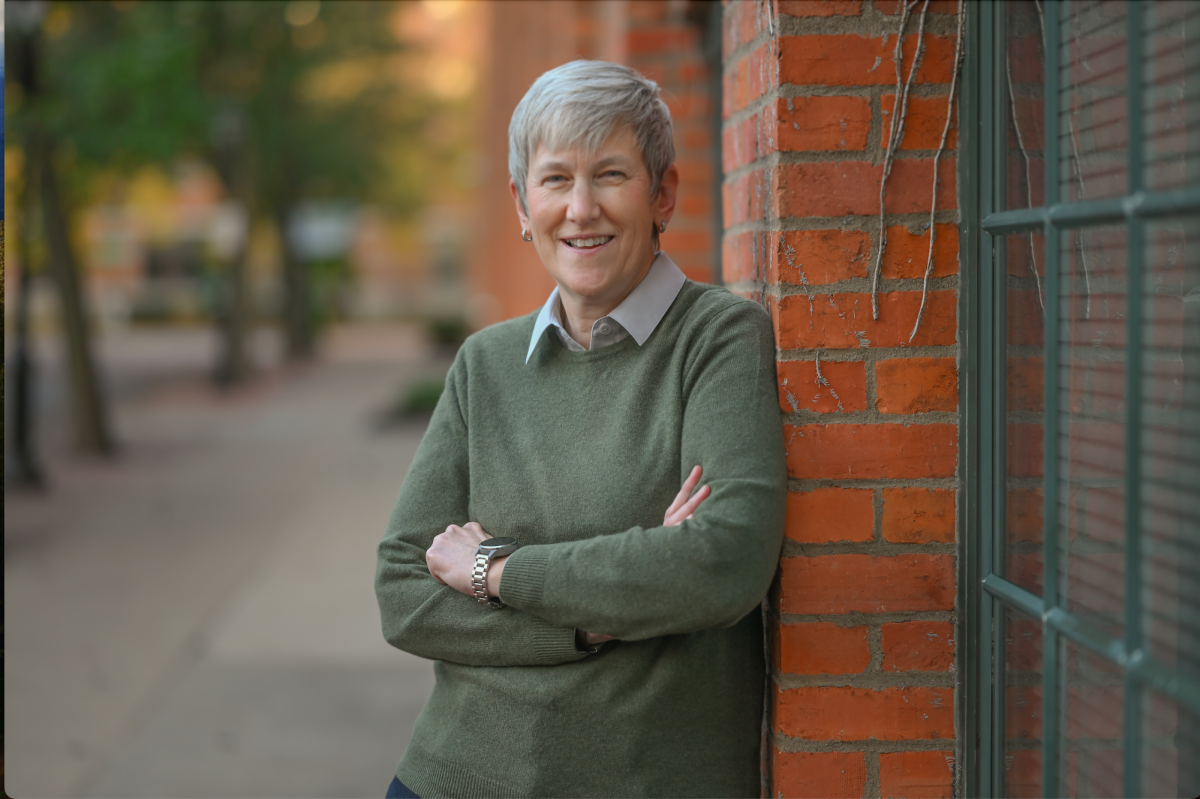


![President Todd Pfannestiel poses with Jeremy Thurston chairperson Board of Trustees [left] and former chairperson Robert Brvenik [right] after accepting the university's institutional charter.](https://uticatangerine.com/wp-content/uploads/2023/10/unnamed.jpeg)
